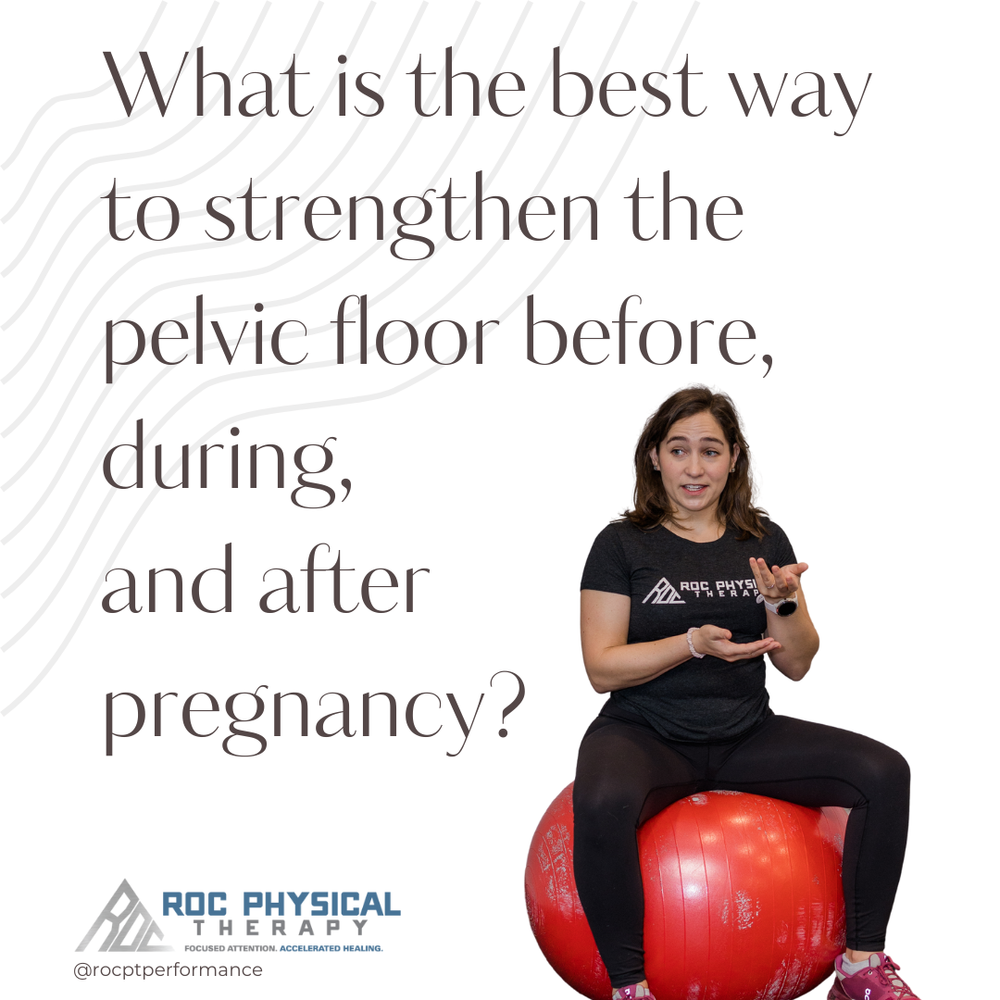Pelvic Floor Physical Therapy Rochester Ny

For many in Rochester, NY, the words "pelvic floor" remain shrouded in mystery, linked to conditions often discussed in hushed tones. But a growing number of individuals are discovering the transformative power of pelvic floor physical therapy, a specialized treatment addressing a range of issues from incontinence and pain to pre- and post-natal care.
This therapy, provided by specially trained physical therapists, offers a non-invasive approach to regaining control and improving quality of life. While awareness is increasing, significant gaps remain in understanding and access to this vital healthcare service.
Understanding Pelvic Floor Physical Therapy
The pelvic floor is a group of muscles that support the bladder, bowel, and uterus in women, and the bladder and bowel in men. Dysfunction in these muscles can lead to a variety of problems, impacting daily life and overall well-being.
Pelvic floor physical therapy aims to rehabilitate these muscles through targeted exercises, manual therapy, and biofeedback techniques. The goal is to strengthen weakened muscles, relax overactive muscles, and improve coordination.
Conditions Treated
A wide array of conditions can benefit from pelvic floor physical therapy. These include urinary and fecal incontinence, pelvic pain, pain during intercourse, pre- and post-natal issues, and even constipation.
According to the American Physical Therapy Association (APTA), pelvic floor physical therapy can also address conditions related to endometriosis, interstitial cystitis, and prostatitis. For men, it can be particularly helpful after prostate surgery.
"Many people suffer in silence for years, unaware that there's a non-surgical option available," says Dr. Sarah Miller, a physical therapist specializing in pelvic floor dysfunction at Rochester Regional Health. "We help patients understand their bodies and empower them to take control of their health."
Access and Availability in Rochester, NY
While pelvic floor physical therapy is available in Rochester, accessing it can be challenging. The number of specialized therapists is relatively small compared to the population who could benefit.
Finding a qualified therapist requires research and often referrals from primary care physicians or specialists. Some insurance plans may also require pre-authorization, adding another layer of complexity.
"We're working to increase awareness among both patients and healthcare providers," explains Emily Carter, a practice manager at a local physical therapy clinic. "Education is key to ensuring that more people have access to this treatment."
Challenges and Barriers
Stigma surrounding pelvic floor issues is a significant barrier to seeking help. Many individuals feel embarrassed or ashamed to discuss these problems, delaying treatment for years.
Limited insurance coverage and lack of awareness among primary care physicians also contribute to underutilization of pelvic floor physical therapy. Some rural areas may have limited or no access to specialized therapists.
According to a recent survey by the National Association for Continence (NAFC), only a small percentage of individuals with urinary incontinence seek professional help. This highlights the need for increased public awareness and destigmatization of these conditions.
The Role of Technology and Innovation
Technology is playing an increasingly important role in pelvic floor physical therapy. Biofeedback devices, for example, provide real-time feedback on muscle activity, helping patients learn to control their pelvic floor muscles more effectively.
Telerehabilitation, or remote physical therapy, is also expanding access to care, particularly for individuals in rural areas or those with mobility limitations. This allows therapists to provide guidance and support through video conferencing and online platforms.
"Telerehabilitation has been a game-changer for many of our patients," notes Dr. Miller. "It allows us to reach individuals who otherwise wouldn't have access to specialized care."
Looking Ahead
The future of pelvic floor physical therapy in Rochester, NY, hinges on increased awareness, improved access, and continued innovation. Efforts are underway to educate both healthcare professionals and the public about the benefits of this treatment.
Advocacy groups are working to expand insurance coverage and promote research into new and improved therapies. As technology continues to advance, we can expect to see even more innovative approaches to pelvic floor rehabilitation.
Ultimately, the goal is to empower individuals to take control of their pelvic health and improve their overall quality of life. Pelvic floor physical therapy offers a path towards achieving this goal, providing hope and relief for those who have long suffered in silence.


















